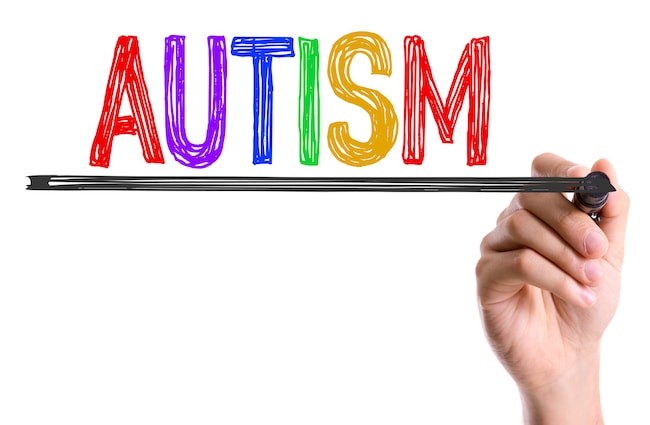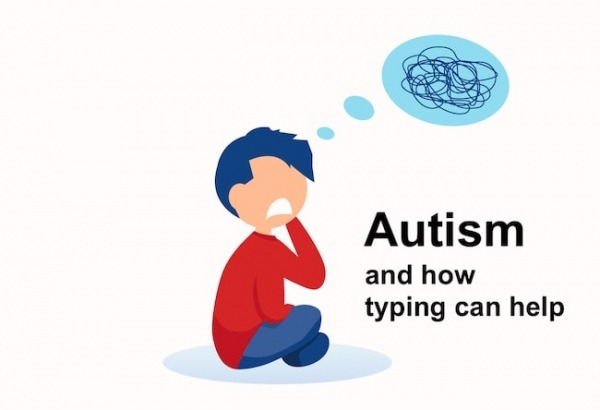Autism and memory

5 Techniques to try
-
Forming habits through incremental learning and repetition. The brain of a child with autism is ill-equipped to comprehend complex instructions and long, complicated sentences. While teaching a child on the spectrum, it is necessary to convey your ideas in short and simple sentences. Breaking down a complex task into a simple set of steps is a highly recommended method to teach children with autism, as it promotes incremental learning.
Incremental learning is a step-by-step approach to learning a difficult concept where the children proceed to learn the next steps once they have completely understood the current step. Whether it is taking out the trash or solving a math problem, incremental learning combined with repetition has proven to work wonders in improving retention for individuals with autism. Since this method makes use of rote learning to form a habit, it creates an implicit memory that can be recalled easily by those on the spectrum.

-
Using visual cues. It is often found that children with autism understand things better when they are represented through a visual medium. Thanks to their strong visual memory, they tend to remember things that have visually impacted their brains. Therefore, visual cues are great tools for improving learning and recall. Bright colors, pictures, and videos leave a lasting impression on the child’s mind, helping him/her to remember things. Generally, the child with autism can form a correlation between the concept that is being taught and the visual cue that is displayed, thus improving retention. For example, try teaching addition and subtraction with the help of pictures of candy bars or cupcakes so that the subject is more relatable.
-
Memory games. All children like fun and games. Kids with autism are no different in this regard. Their love for games can be utilized to sharpen their retention abilities. Simple games like a treasure hunt can help individuals with autism to remember day-to-day household activities. Lego is good to create spatial awareness. Playing quiz games with colorful flashcards will help them remember facts and lessons. Studies have found that kids on the spectrum learn better from educational video games. Since video games are great visual tools, they help in learning and retention. Games like Echochrome are perfect for developing spatial reasoning whereas games like Stellar speller are great for remembering new words. Memory games inspire learning and are visually attractive but most importantly, they are fun and that makes a huge difference when it comes to improving memory.
-
Creating stories. Why is it that we remember stories but forget facts, concepts and other information? The simple answer to this question is that stories are interesting and connect with you on a deeper emotional level. Children on the spectrum can learn and remember lessons if they are told in the form of a story. Put on your storyteller hat and explain concepts through stories. Ensure that the stories you tell not only convey the concept but also have an emotional core to them. Help children identify the emotions and facts in the story. Repeat the story over and over again so that the meaning behind the story is ingrained in their minds.
-
Documenting events with pictures. Episodic memory is useful for remembering past experiences from one’s life. In general, children with autism have a weak episodic memory and they can’t always recall things that happened in the past. Taking a lot of pictures and documenting the story or emotion behind the pictures has proven to work wonders for improving episodic memory. Encourage kids with autism to take photos in day-to-day life and write what the pictures mean to them. When they revisit these pictures and reread their descriptions, it helps them reconnect the memories and boosts overall recall.
Which techniques do you use?
Since no two individuals learn in exactly the same way, parents and teachers need to find out what works best for the individual dealing with autism. One also needs to be patient and understand a child’s behavioral patterns in order to help him or her get started with a new activity. If you have any additional ideas or practices that you commonly employ with learners who have autism, please get in touch and share them.
Guest author Ethan Miller

From Read and Spell:
Short-term memory, also called working memory, helps us with executive functioning. We need it to process information in the brain and manage multiple tasks at once. Reading is a complex skill that requires individuals to coordinate a number of tasks at once, including higher and lower order reasoning. It involves decoding language, activating the meaning of familiar words and phrases, making sense of their arrangement, referencing prior knowledge of a topic, guessing at the meaning of any unknown words, processing meaning of the text as a whole, situating it in a certain context, and then holding this understanding in memory.
Unlike students who struggle with dyslexia, children with autism are generally able to sound out words in reading without too many problems. In a 2010 study, researchers working with 384 participants with ASD and 100 learners with dyslexia found individuals with autism had better word decoding skills than those with dyslexia across nine measures of reading ability (2). Results also indicated, however, that individuals with autism struggle more when it comes to comprehension - also known as reading for meaning. It’s not entirely clear why, and sometimes this unknown is related to the fact that it’s difficult to assess comprehension – particularly in non-verbal individuals with autism. Nonetheless, short-term memory may also play a role.
Problems in reading are sometimes linked to text type. Some individuals with autism find shorter sentences which include fewer clauses and more direct language are easier to process. It may also help when an author uses less flowery and abstract language and more concrete nouns. In general, the more familiar the vocabulary is, the easier it will be to make sense of the text. This is true for learners with and without autism. That’s because less brain power will be required to process new words and more of working memory is free to focus on meaning. If the topic is familiar and something an individual is passionate about, there will be even more motivation to read and understand. It may also be easier to relate what has been read to prior knowledge of the topic, which can help with memory and retention of learning.
Touch-type Read and Spell
1) Nouwens, S., Groen, M. & Verhoeven, L. (2017). How working memory relates to children's reading comprehension: the importance of domain-specificity in storage and processing. Reading and Writing, 30(1), 105-120.
2) Heumer, S. & Mann, V. (2010). A comprehensive profile of decoding and comprehension in autism spectrum disorders. Journal of Autism and Developmental Disorders, 40(4), 485-493.
3) Ricketts, J., Jones, C.R.G., Happe, F. & Charman, T. (2013). Reading comprehension in autism spectrum disorders: the role of oral language and social functioning. Journal of Autism and Developmental Disorders, 43(4), 807-816.
4) Happe, F. (1995). Understanding minds and metaphors: insights from the study of figurative language in autism. Metaphor and Symbolic Activity, 10(4), 272-275.
For autistic learners
TTRS is a program designed to get children and adults with autism touch-typing, with additional support for reading and spelling.
Meredith Cicerchia

close
Can an Orton-Gillingham approach to literacy help your child?
Take a short quiz to find out!
TTRS has a solution for you
An award-winning, multi-sensory course that teaches typing, reading and spelling

How does TTRS work?
Developed in line with language and education research
Teaches typing using a multi-sensory approach
The course is modular in design and easy to navigate
Includes school and personal interest subjects
Positive feedback and positive reinforcement
Reporting features help you monitor usage and progress










